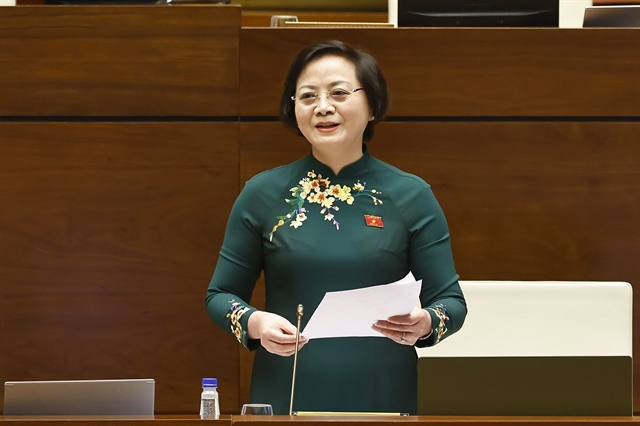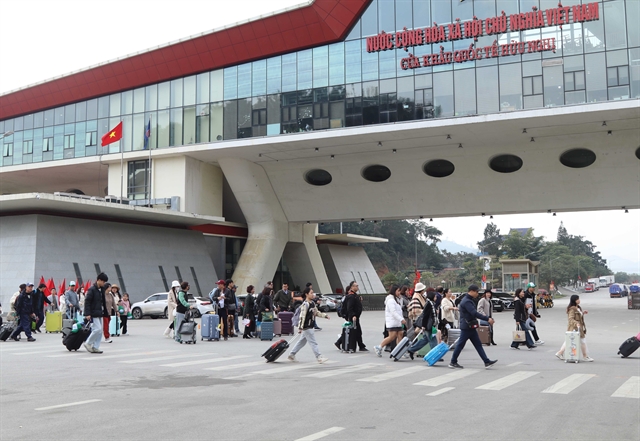 Politics & Law
Politics & Law

 |
| Minister of Home Affairs Phạm Thị Thanh Trà. — VNA/VNS Photo |
HÀ NỘI — The Ministry of Home Affairs will begin using Key Performance Indicators (KPIs) to evaluate its own officials and civil servants in the second half of 2025, marking a shift toward performance-based management under the principle of 'entry, exit, promotion and demotion'.
The announcement was made by Minister Phạm Thị Thanh Trà during the ministry’s mid-year review conference held on July 8 in Hà Nội. The meeting assessed the Ministry’s work in June and the first half of 2025, while setting out key tasks for the remainder of the year.
Trà said the KPI system would be applied to officials and civil servants working in units under the ministry’s authority.
The move is intended to enhance transparency, drive accountability and ensure that performance determines career progression, according to the minister.
Each affiliated unit will receive clearly defined tasks based on Party and Government resolutions, as well as the ministry’s own action plans. These tasks will then be broken down to the individual level, with responsibilities assigned to each official and staff member.
KPI evaluations will be carried out monthly, quarterly, semi-annually and annually.
While the ministry is also preparing to propose a broader nationwide application of this model, Trà stressed that for now, it would be implemented internally, pending Politburo approval.
A report by ministry Chief of Office Vũ Xuân Hân says that significant restructuring had already been achieved in the first half of the year.
Under a resolution passed by the National Assembly, the Government was reorganised into 14 ministries, three ministerial-level agencies and five Government-affiliated bodies.
Within these institutions, 13 general departments were abolished, along with 509 departments, 232 divisions, 3,377 sub-departments and 205 public service units, cutting approximately 22,300 central-level positions.
Meanwhile, a two-tier local governance model took effect nationwide on July 1, reducing Việt Nam’s total number of commune-level administrative units to 3,321 across 34 provinces and cities.
To manage the transition, the ministry issued Decrees 178 and 67 outlining entitlements and support for affected public employees and armed forces personnel. It also released Circulars 01 and 02 with detailed implementation guidance.
A handbook for commune-level governments has been distributed, and the ministry is monitoring issues related to staffing and property, with 4,226 surplus premises identified across many provinces.
For the rest of the year, the ministry will adopt a 'speed and breakthrough' approach to complete institutional reforms, stabilise the two-tier governance model and ensure policy support for those affected by the restructuring.
Plans are in place to submit 27 decrees and 17 circulars to the Government, covering organisational structure, job positions, staffing, salary reform, social insurance and surplus personnel policies.
All units under the ministry must complete 231 assigned tasks by December 31.
In parallel, the ministry will oversee the implementation of severance payments under Decrees 178 and 67, with a goal of finalising all payments for eligible individuals before year-end.
Administrative reform will also continue, focusing on reducing paperwork and accelerating digital transformation. A national database of civil servants will be completed and synchronised with the national population database by the end of the year.
This system will enable automated processes for staff downsizing, promotion and personnel reassignment.
By the end of 2025, the ministry aims to complete the legal framework, resolve all pending personnel cases and establish a streamlined, modern administrative system focused on transparency, efficiency and better service delivery. — VNS




